Adoption of Smart City Initiatives
The Lidar Drone Market is significantly influenced by the adoption of smart city initiatives across various regions. As urban areas strive to enhance efficiency and sustainability, the integration of advanced technologies, including Lidar drones, becomes increasingly vital. These drones facilitate the collection of high-resolution data for urban planning, traffic management, and environmental monitoring. Recent studies indicate that smart city investments are projected to reach trillions of dollars in the next decade, creating a substantial market opportunity for Lidar drone applications. The ability to gather real-time data enables city planners to make informed decisions, optimize resource allocation, and improve overall urban living conditions. Consequently, the Lidar Drone Market stands to gain from the growing emphasis on smart city development, as municipalities seek innovative solutions to address urban challenges.
Growth in Environmental Monitoring
The Lidar Drone Market is experiencing growth driven by the increasing emphasis on environmental monitoring and conservation efforts. As concerns regarding climate change and habitat destruction rise, organizations are turning to Lidar drones for effective data collection and analysis. These drones provide critical insights into vegetation health, land use changes, and natural resource management. Recent reports suggest that the environmental monitoring sector is expanding at a rate of approximately 7% annually, highlighting the growing need for advanced technologies in this field. Lidar drones enable precise mapping of ecosystems, allowing for better assessment of environmental impacts and the development of conservation strategies. As environmental awareness continues to grow, the Lidar Drone Market is likely to benefit from heightened demand for innovative monitoring solutions.
Increased Demand for Precision Mapping
The Lidar Drone Market experiences heightened demand for precision mapping solutions across various sectors, including agriculture, construction, and environmental monitoring. As industries increasingly rely on accurate topographical data, the integration of Lidar technology into drone systems has become essential. The market for Lidar drones is projected to grow significantly, with estimates suggesting a compound annual growth rate of over 20% in the coming years. This growth is driven by the need for detailed and reliable data for project planning and execution. Furthermore, advancements in Lidar technology, such as improved sensor capabilities and data processing algorithms, enhance the accuracy and efficiency of mapping operations. Consequently, the Lidar Drone Market is poised to benefit from this trend, as organizations seek to leverage high-resolution data for informed decision-making.
Expansion of Infrastructure Development
The Lidar Drone Market is witnessing a surge in demand due to the expansion of infrastructure development projects worldwide. Governments and private entities are increasingly investing in infrastructure, including roads, bridges, and urban planning initiatives. The utilization of Lidar drones in these projects allows for rapid data collection and analysis, facilitating better planning and execution. According to recent data, the infrastructure sector is expected to grow at a rate of approximately 5% annually, further driving the need for advanced surveying technologies. Lidar drones provide a cost-effective solution for capturing detailed geographical information, which is crucial for assessing project feasibility and monitoring progress. As infrastructure development continues to accelerate, the Lidar Drone Market is likely to experience substantial growth, driven by the demand for efficient and precise surveying methods.
Technological Innovations in Drone Capabilities
The Lidar Drone Market is significantly shaped by ongoing technological innovations that enhance drone capabilities. Advances in sensor technology, battery life, and data processing have made Lidar drones more efficient and accessible for various applications. The introduction of lightweight and compact Lidar systems has expanded the usability of drones in challenging environments, such as dense forests or urban areas. Market data indicates that the adoption of these advanced drones is expected to increase, with a projected growth rate of over 15% in the next few years. This trend is further supported by the development of user-friendly software that simplifies data analysis and visualization. As technological advancements continue to evolve, the Lidar Drone Market is likely to see increased adoption across multiple sectors, driven by the demand for enhanced operational capabilities.
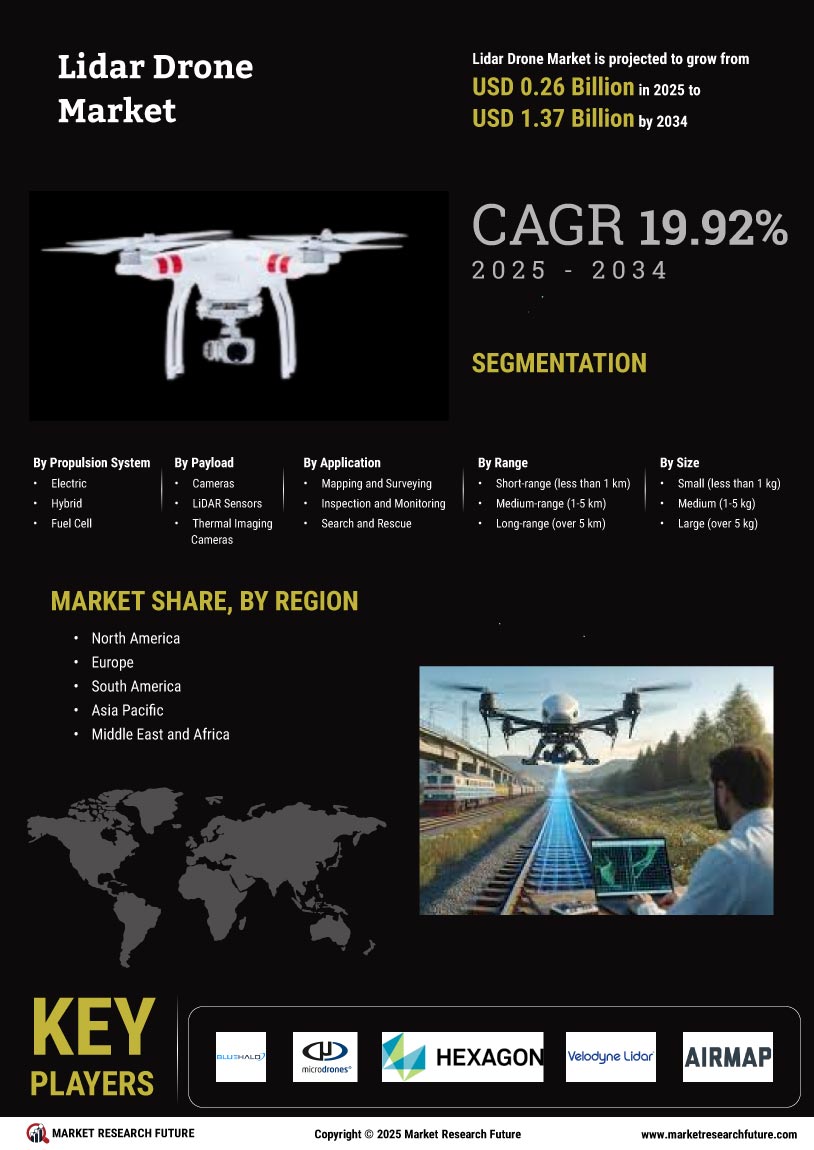

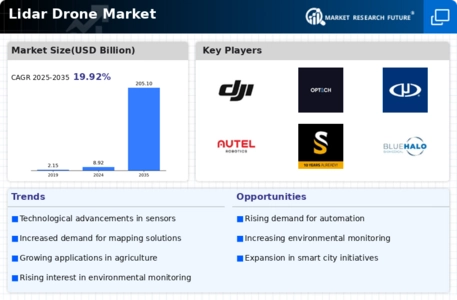
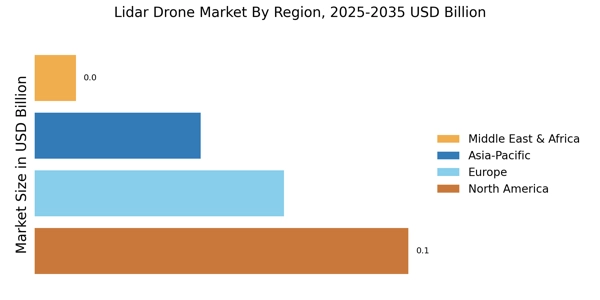
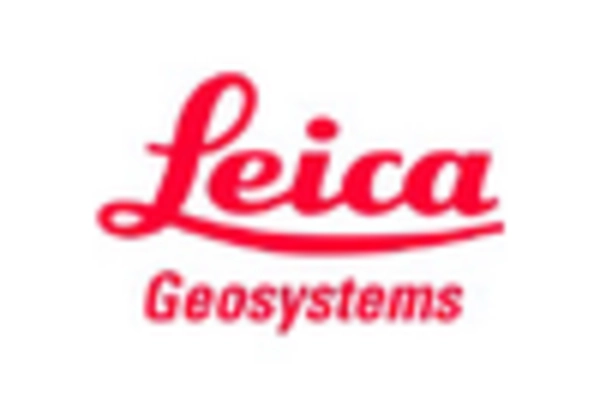

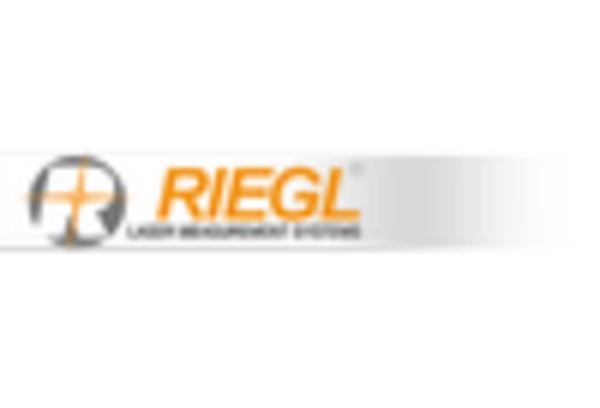
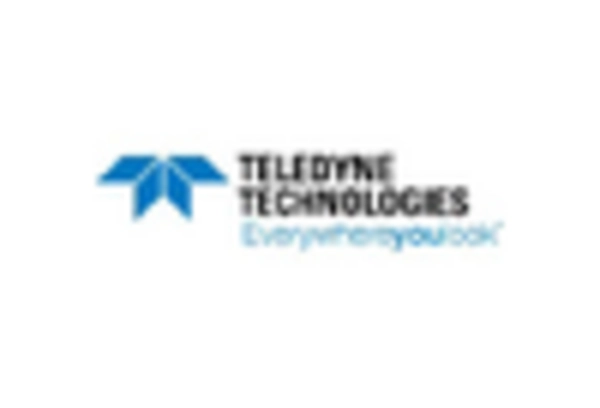
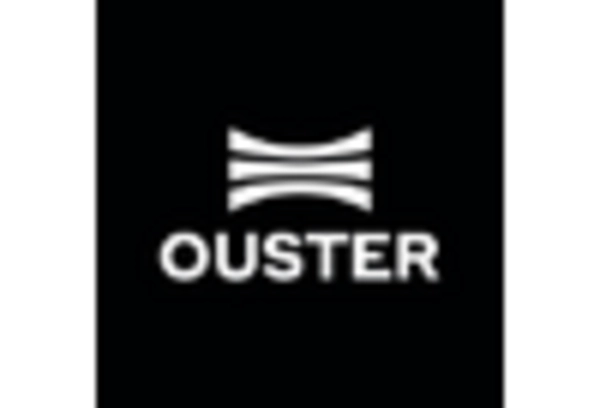
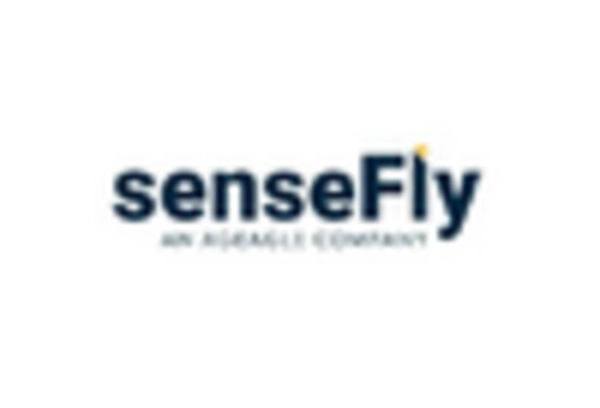








Leave a Comment